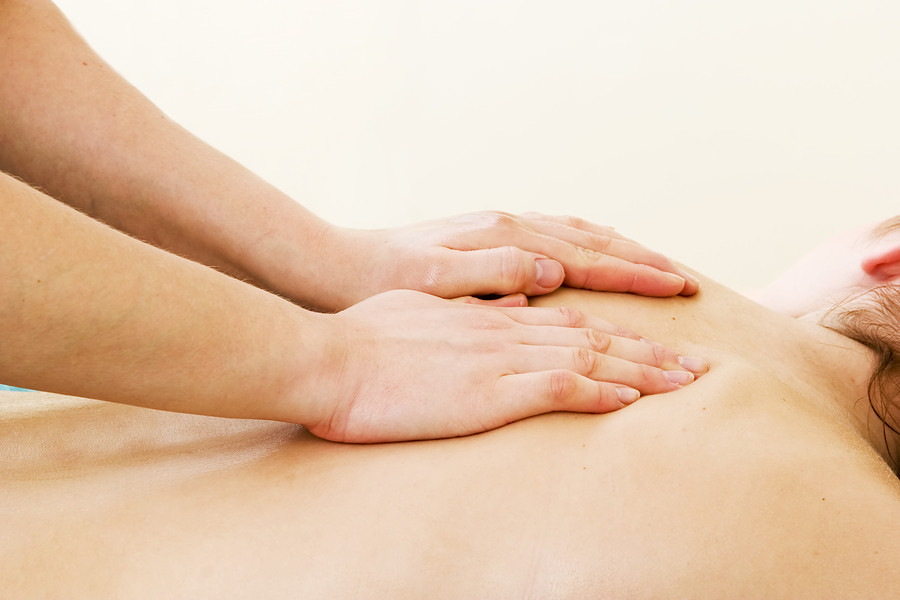How Therapeutic Is Massage?
Massage is an ancient art that dates back to the dawn of civilization. The name is derived from the Greek word meaning "to work with the hands, as in kneading dough." And in 400 B.C., Hippocrates wrote that the physician must be experienced in many things, especially in rubbing.
Medicine has come a long way since the Father of Medicine wrote those words. Doctors no longer rely on the laying on of hands to heal their patients. Massage has come a long way, too. Masseurs are no longer viewed simply as high-priced locker room specialists (much less as shady ladies who need dough of a different sort), but as therapists.
Massage is respectable, but is it therapeutic? An estimated 25 million Americans visit about 90,000 practitioners 60 million times a year. Many feel better—but are they actually healthier? It's a particularly interesting question for athletic men, who are increasingly using massage to treat exercise-related muscle soreness and to prevent sports injuries.

Modern Massage
Massage therapy gained a foothold in American medicine some 150 years ago when two New York doctors introduced the technique developed by Per Henrik Ling in Sweden. Within a few years, many hospitals and clinics began to offer massage to their patients, and doctors themselves often performed the procedure. As medicine grew more complex, nurses and physical therapists took over the task. In time, they, too, turned to other roles, and massage was all but abandoned in the 1930s. Since the 1970s, however, it has staged a comeback, this time as part of alternative medicine.
Techniques
Practitioners define massage as the manual manipulation of the body's soft tissues to reduce discomfort and stress and promote wellness and health. It's a broad definition, and it covers at least 80 different systems of massage.
Swedish massage still relies on Ling's basic work, and it remains the most widely used method in the United States. The typical Swedish massage is performed with the client lying on a special table. The client may be naked or wearing undergarments. The therapist will usually ask if the client wishes to leave some parts of his body untouched. If so, those regions, along with the "privates," are covered with a towel or sheet. The body is usually coated with oil. Dim lights, soothing music and scented candles are common, but optional.
Swedish massage uses:
- Stroking
- Kneading using the fingers and thumbs
- Friction using the palm, heel of the hand, forearm or elbow to apply force.
- Rhythmic slapping or tapping motion
- Vibration using a rapid trembling motion of both hands
Massage therapists have a variety of backgrounds. Many are trained according to standards set by the American Massage Therapy Association (www.amtamassage.org). Groups such as the National Certification Board in Therapeutic Massage provide accreditation, and many states require therapists to be licensed.
A full Swedish massage is usually performed in a private area of a spa, health club, athletic facility or clinic. Many chiropractors' offices have a massage therapist on staff. Therapists can also set up portable tables in their clients' homes.
A typical session lasts 30–60 minutes and costs $60–$100. Briefer, less costly partial "chair" massages are offered in a broad range of settings: airports, hotels, offices and malls.
Many other types of massage are available, each with its own goals and claims; they include neuromuscular massage, sports massage, deep-tissue massage, myofacial release, and myotherapy. Similar soft tissue manipulations are also incorporated into many other systems, including Rolfing, the Trager and Alexander Methods, and Shiatsu.
Disclaimer:
As a service to our readers, Harvard Health Publishing provides access to our library of archived content. Please note the date of last review or update on all articles.
No content on this site, regardless of date, should ever be used as a substitute for direct medical advice from your doctor or other qualified clinician.















